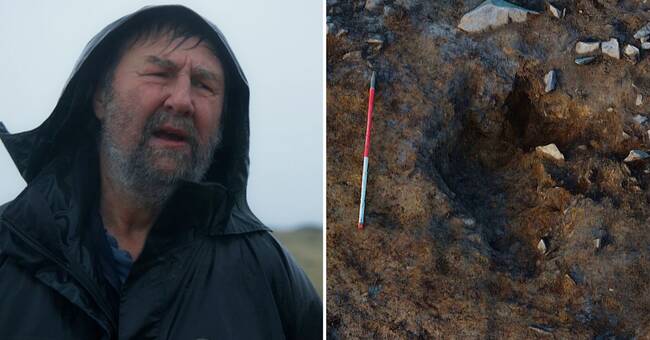For seven years, archaeologist Mike Parker Pearson searched for evidence for his theory that Stonehenge may have stood on the Welsh hills from the beginning, about 250 km from where the monument stands today.
It was only at the very last excellent place on their list that they found what they were looking for - 5,000-year-old holes for raised bluestones.
- It was in a forgotten place with four remaining boulders.
It had been abandoned in the 1920s by other archaeologists who said it was uninteresting, says Mike Parker Pearson.
The sizes of the stone circles are identical
Archaeologists soon found a number of holes after erected stones, which formed a huge circle.
One of the holes had a specific design that resembled the shape of one of the boulders at Stonehenge.
Using advanced 3D technology, it turned out that the stone fit perfectly in the cavity in Wales.
Another indication that the researchers were right was the design of the monument.
- The diameter of the stone circle itself was 110 meters, exactly like the Stonehenge outer ring.
The chance that they both would by chance have exactly the same dimensions is really small, says Mike Parker Pearson.
Javascript is disabled
Javascript must be turned on to play video
Read more about browser support
The browser is not supported
SVT does not support playback in your browser.
We therefore recommend that you switch to another browser.
Read more about browser support
See how Stonehenge in England has changed over time.
Photo: The world of science - The truth about Stonehenge
Want to know more about archaeologists' theories about how the stones were transported to England and what Stonehenge's function was? Watch The World of Science: "The Truth About Stonehenge" on Monday 8 March at 20.00 on SVT2 or already now on SVT Play.

